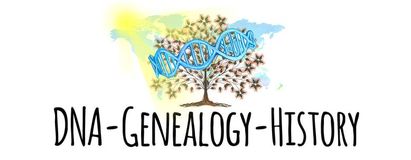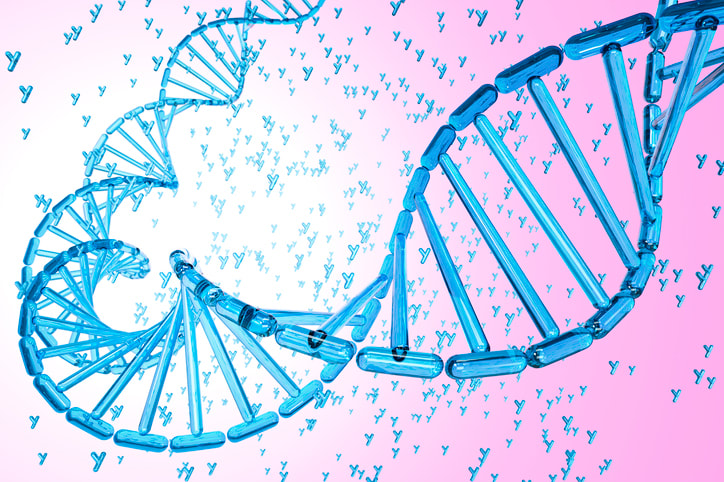|
Published in the History of the Diocese of Hartford in 1900 in a chapter entitled, "The Acadians in Connecticut," beginning on page 63, were the names of the Connecticut towns where Acadians were exiled in 1755 and records of expenses. Historians spared no ghastly detail when they described how impoverished Acadian exiles were bound out, persecuted, and subjected to small pox. Numbering among the published viewpoints of several, leading historians of the time, was an excerpt from a letter dated September 8, 1855, that was written by the Most Rev. William Walsh, Archbishop of Halifax, on the centennial anniversary of the Acadian expulsion. He notes that following their exile in the United States, several Acadian families were able to find their way back to Nova Scotia, where they settled the untouched forests and shores of Baie Sainte Marie. Reference: O'Donnell, Rev. James H. (1900). History of the Diocese of Hartford. Boston: The D. H. Hurd Company. https://www.google.com/books/edition/History_of_the_Diocese_of_Hartford/eZBMAQAAMAAJ?gbpv=1
Submitted by family researcher, Edward Vidal. Today, on Genealogy Day 2023, I was inducted into my local chapter of the Daughters of the American Revolution (DAR). What better way could there be to celebrate Genealogy Day, March 11, 2023?
I qualified for DAR membership based upon my direct line of descent from ancestor Robert Beville of Georgia. As my late grandmother, Asselia Lichliter (aka "La La") had documented her genealogical research of her Beville lines on her father's side so meticulously, and had such passion for the subject of anything related to her father's Beville family history, I truly felt like she was watching over me, and guiding me, as I collected and organized family records and prepared my application. For this, and other reasons, receiving my national number was a milestone and I cherish the experience. So much I learned at my grandmother's knee while she was alive -- and so much she continues to share with me, about all of my family history, many years after she has passed. To my grandmother, genealogy was not only about "who begat whom." To my grandmother, genealogy was also about the stories and the histories that brought her family together, and at times, drove them apart. For my grandmother, discovering the intricate details of each of her family member's stories was an essential part of her research -- and she wove those details into our family genealogies effortlessly, as ancestors moved from place to place, and surnames were passed from one generation to the next, and these stories have since become a part of our "lore." Thank you, "La La" (pictured wearing one of her many fabulous hats) and to the Chapter, for all of your help in preparing and submitting my successful application, and Happy Genealogy Day to all! From the University of New Mexico News Release of March 9, 2023:
"With the largest dataset of prehistoric European hunter-gatherer genomes ever generated, an international research team has rewritten the genetic history of Europe’s human ancestors. This study was led by researchers from the University of Tübingen and the Senckenberg Center for Human Evolution and Palaeoenvironment, Peking University, and the Max Planck Institute for Evolutionary Anthropology in Leipzig, in collaboration with 125 international scientists including The University of New Mexico Leslie Spier Distinguished Professor Emeritus of Anthropology Lawrence Straus. "The results Palaeogenomics of Upper Palaeolithic to Neolithic European hunter-gatherers were published recently in the journal Nature. The team analyzed the genomes of 356 prehistoric hunter-gatherers from different archaeological cultures, including new data sets of 116 individuals from 14 different European and Central Asian countries." Link to Open Access Journal Article in Nature: Posth, C., et al. (2023, March 1). "Large-scale genomic analysis documents migrations of Ice Age hunter-gatherers." Nature. https://www.nature.com/articles/s41586-023-05726-0 Link to University of New Mexico News Release: UNM Newsroom. (2023, March 9). "Large-scale genomic analysis documents migrations of Ice Age hunter-gatherers." University of New Mexico. News Release. http://news.unm.edu/news/large-scale-genomic-analysis-documents-migrations-of-ice-age-hunter-gatherers Big Y 700 DNA test results yield new haplogroup branches and “Time Trees” for C-P39 Y DNA haplogroup and Germain Doucet b. 1641 descendants ... by Marie Rundquist with Deadra Doucet Bourke, Contributor February 22, 2023 Introduction
The discovery of the C-P39 Native Y chromosome DNA signature for genetic male descendants of Germain Doucet b. 1641, in 2008, had great significance for genealogists because the Native Y DNA signature attained for this line (1.) disproved a European ancestry for Germain Doucet b. 1641, (2.) disproved a father-son relationship between Germain Doucet b. 1641 and Germain Doucet Sr. of France and (3.) disproved that Pierre Doucet (b. ca 1621) and Germain Doucet (b. 1641) were blood brothers having descended from the same father. Through exhaustive Y Chromosome DNA testing of numerous male, paternal line Doucet / Doucete descendants of Germain Doucet b. 1641, who was from Port Royal, Nova Scotia, Canada, our Acadian-Amerindian and C-P39 Y DNA projects have uncovered, validated, and then verified a Native American Y Chromosome DNA haplogroup signature (originally referred to as haplogroup C3b and now referred to as haplogroup C-P39) for his descendants through sons Charles, Claude and Laurent. In 2019, the C-Z30754 single nucleotide polymorphism (SNP), or genetic marker, a subclade of the C-P39 Y DNA haplogroup, was identified as unique to genetic male, patrilineal (father to father) descendants of Germain Doucet b. 1641 through advanced Big Y 700 DNA testing. Y chromosome DNA is inherited through patrilineal line of descent and is passed, from one generation to the next, virtually unchanged, from father to father. Y chromosome DNA tests are separate test from mitochondrial and autosomal DNA tests and are for genetic males only. The C-Z30754 marker also identified a new subclade of the C-P39 Y DNA haplogroup to which male descendants of Germain Doucet b. 1641 belong. Genetic male descendants of Germain Doucet b. 1641 who have had advanced Big Y 700 DNA test show a positive result for this marker (C-Z30754+) and the C-P39 marker (C-P39+) in Big Y 700 DNA test results. Since the original identification of the C-Z30754 subclade as unique to the Germain Doucet b. 1641 surname lineage, new and unexpected branches, or subclades, of the C-Z30754 haplogroup have emerged among the Big Y 700 DNA test results of genetic male descendants of Germain Doucet b. 1641. Further study of these new branches, and the SNPs (or genetic markers) that identify them, reveal that each new branch aligns, one-for-one, with a known surname lineage through a specific patrilineal line – traced from father to father - within the Germain Doucet b. 1641 family tree. The purpose of this update is to show how all of this works – and introduce some fascinating new Big Y 700 DNA tools and capabilities we may all use for our own genetic genealogy research at the same time! Note: Click here to read the rest of the report -- and find out about some surprising new discoveries about Doucet DNA we came upon in our research! |
Archives
March 2025
Categories
All
|
DNA-Genealogy-History.com Site Index:
Copyright 2022 Marie Rundquist., DNA Genealogy History, LLC
DNA Genealogy History, LLC is a registered S Corporation with the State of Virginia and the Federal Government since 2017, is a retailer and distributor of books and digital publications, and is certified, authorized and empowered to collect Sales and Use Tax for the Commonwealth of Virginia.
E-Mail Your Comments to [email protected]
This website is not intended for users located within the European Economic Area.
DNA Genealogy History, LLC is a registered S Corporation with the State of Virginia and the Federal Government since 2017, is a retailer and distributor of books and digital publications, and is certified, authorized and empowered to collect Sales and Use Tax for the Commonwealth of Virginia.
E-Mail Your Comments to [email protected]
This website is not intended for users located within the European Economic Area.







 RSS Feed
RSS Feed
